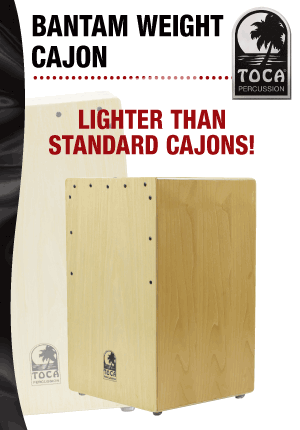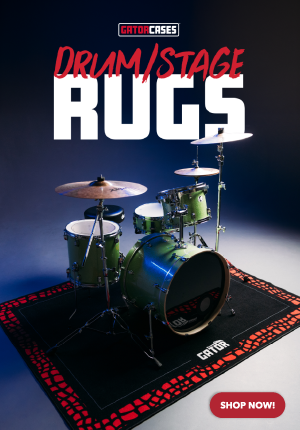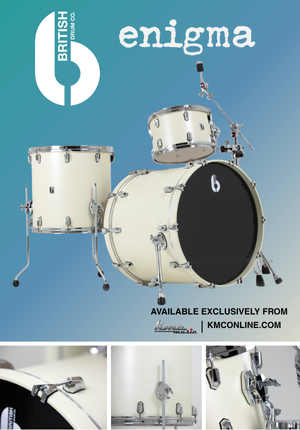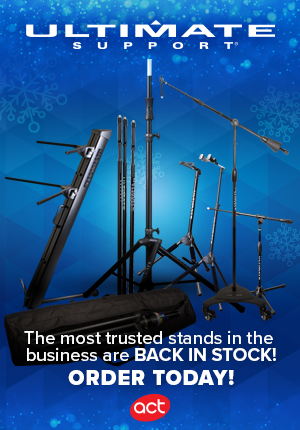Housing prices are up. Gas prices are up. Grocery bills are up. It’s no surprise that these days, customers are finding themselves with most of their money going towards essentials and less cash to spend on hobby items such as music gear. But now is not the time to throw in the towel. Instead, it’s time to shift your retail strategy by focusing on sourcing used, b-stock and refurbished inventory — all of which are becoming more desirable financially for cash-strapped buyers — and using both data insights and offers to sell it quickly.
Be Proactive
As I mentioned in my last column, there has never been a better time to sell used gear. Buyers are on the hunt for deals that help their hard-earned money go further, and retailers can take advantage of this mindset by selling used gear online for affordable prices. This combination can help sellers ride the inflationary waves to success.
Take Keith Holland Guitars in the San Francisco Bay area, for example. As a small business that has specialized in repair, consignment and custom instruments for more than 25 years, its secret sauce is that every instrument, new or used, is meticulously inspected, set up and played before leaving the store. So, buyers have come to recognize that they’ll get a quality instrument through Keith Holland Guitars.
Recently, Keith Holland Guitars has been working on emphasizing its strategy with its Reverb account rep, noting that the fluid communication between them has helped them list more gear in their online shop and find the sweet spot on pricing. That relationship, along with taking advantage of all the e-commerce tools it has available, has been critical to Keith Holland Guitars’s continued growth.
“Our rep tells us what gear in our shop is being ‘watched’ by buyers on Reverb, i.e., they’ve hit a button asking to be notified about price changes,” said Marty Rodriguez, store manager at Keith Holland Guitars. “He lets us use the reports to dig into items that have watchers over the past 30 days, so we can see whether we can make an offer on something or maybe lower a price. Having that data available is the difference between us moving something that’s been here for six months or it being here for another six months.”
This had led Keith Holland Guitars to continuously ask itself, “What else could we be doing?” — which has helped it forecast ahead, growing its sales and dictating its sourcing strategy in the process.
Proactively thinking about all types of gear — from condition to category — can help you adjust how you attract potential buyers to your online storefront. With budgets tight, will used gear be more attractive? For those buying new, ask yourself, “Which guitars, keyboards, and drums will be flying off the shelves?” Somehow, the holidays are already right around the corner. Is your store prepared?
Having an adaptive mindset towards sourcing gear — particularly used instruments — and unlocking affordable deals for many buyers will prove key while budgets remain tight. I feel confident that sellers who concentrate on their e-commerce strategies and improve upon the methods they use to both source and sell used gear — despite the extra price sensitivity — will absolutely see the benefits.
While you can’t control the macro factors at play, you can always hone in on what makes your shop special, and how you convey that to the larger market. Music, and the instruments that make it, aren’t going anywhere. We just have to change how we make noise. MI
Mark Anzelc is seller engagement senior manager at Reverb.














